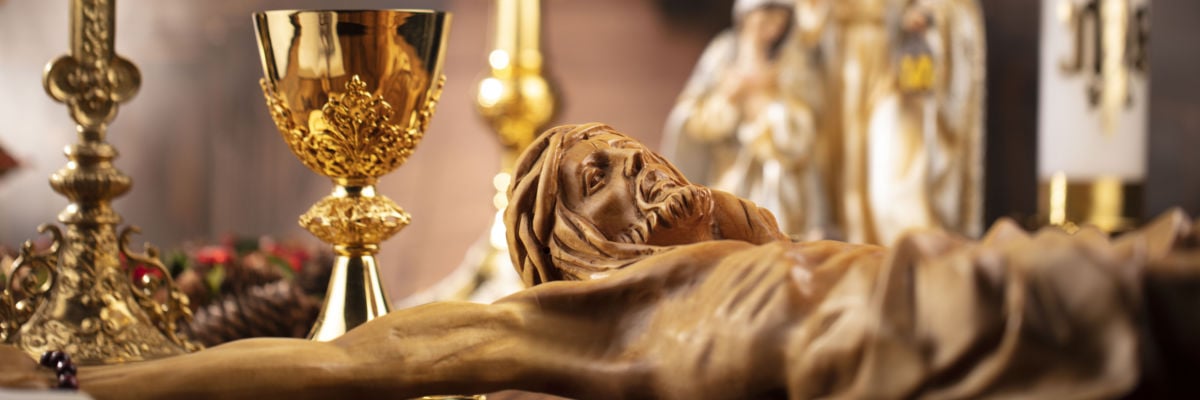
Question:
Answer:
Chaldean Catholics come from a region that includes modern-day Iraq. Their Christian heritage goes back to St. Thomas the Apostle, who witnessed to their ancient ancestors. In the fifth century, they adopted the error of the heretic Nestorius, who held that the Blessed Mother is not the Mother of the Second Person of the Holy Trinity, but only of Jesus’ human nature.
In time, by the end of the 7th century, Chaldean Catholics would see the truth of the Church’s teaching that Mary is indeed the Mother of God, although they remained a separated Eastern Church and thus not in full communion with Rome. Reunion with Rome took place in the 1500s.
The Chaldean Rite or liturgy can be traced back to the Syriac Christian culture of Edessa, and gained its present basic structure in the 7th century. The official language of Chaldean Masses is Syriac, which is an Aramaic dialect, and a number of Latin customs have been adopted.
For more on the history of Chaldean Catholics, please see this article from the Catholic New East Welfare Association and this article from the old Catholic Encyclopedia.



